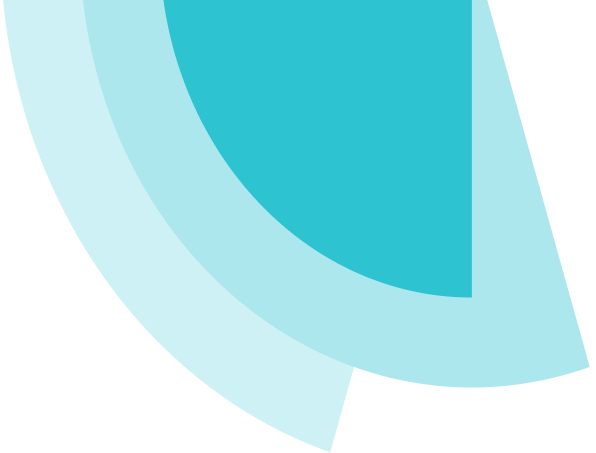Dropbox + Crayon
How Crayon increased battlecard usage at Dropbox by 400%.

Related Case Studies

San Francisco, CA
2007
1000-5000
Computer Software
The opportunity
Competitive intelligence was a small part of many people’s jobs. The lack of formal processes made it difficult to deliver actionable insights to stakeholders in a timely fashion.
The results
Crayon has enabled Dropbox to distribute competitive intelligence across the company via email newsletter, Slack, and sales battlecards. Hundreds of employees have opted in to both the newsletter and the dedicated CI Slack channel, and battlecard usage is up 400%.
“As we formalized our program centrally, we picked up a lot of the existing programs—battlecards, sales collateral, sales plays—and started plugging into them, and putting measure to them in ways we hadn’t been able to before.”
Director of Strategy and Operations, Product Marketing at Dropbox
We Put measure to programs in a way we couldn't before
George Baier IV grew up in the stamp business. His father—a George Baier himself—was the general manager of a rubber stamp factory. His great-grandfather started both that factory and the since-unbroken line of Georges Baier. For Baier IV, being immersed in the stamp world was a formative experience: Whenever anybody was out—be it a machinist, a wood cutter, or a janitor—he would fill in to keep the line moving. The experience encouraged him to be a generalist and to understand how all the pieces of a team fit together—a mindset that served him well when Dropbox asked him to transition from being a customer on their advisory board to being an employee responsible for competitive intelligence (CI).
Before George started, CI was a small part of many people’s roles at Dropbox; there were no formal processes for capturing and distributing information about competitors. George used Crayon to change this:
“As we formalized our program centrally, we picked up a lot of the existing programs—battlecards, sales collateral, sales plays—and started plugging into them, and putting measure to them in ways we hadn’t been able to before.”
The results have been staggering: In the last year, battlecard usage at Dropbox has increased by 400%. With competitive insights at their fingertips, Dropbox's sellers are far better equipped to win neck-and-neck deals.
"There’s a momentum. When people around the company know there’s a [competitive intelligence] team, look to them, read their newsletter, join their Slack channel, contribute field intel—when you start creating that competitive culture, that’s your success metric."
Director of Strategy and Operations, Product Marketing at Dropbox
"It's not just about more information"
At Dropbox, the purpose of the CI program is not to give employees more information—it's to give them better information. Typically, when someone tries to process too much information simultaneously, they struggle to take action.
“It’s not just about more information—it’s about the refining and the whittling process," says Baier. "There are a million insights out there. Only some of them are relevant to your business, and only a few of them can lead you to make better decisions.”
Having the right information allows Dropbox to use Crayon not only as a CI tool, but also as a risk management tool. “Surprises are rarely good for your bottom line,” explains Baier. “You have to be able to lift your head up and see what’s happening beyond just what you’re doing at the moment.”
With a central CI program, Dropbox is able to collate their existing tactics into a cohesive strategy. This leads to fewer dead-end requests, less pointless work, and a deeper confidence from executive decision-makers in the overall direction of the organization:
“If you can get visible company stakeholders to feel more confident, and they can tie it to the competitive intelligence you gave them, that gives you your best ROI.”
"It’s not just about more information—it’s about the refining and the whittling process. There are a million insights out there. Only some of them are relevant to your business, and only a few of them can lead you to make better decisions."
Director of Strategy and Operations, Product Marketing at Dropbox
"It's a cultural shift around
how you think about competition"
In using Crayon to formalize the CI program, George created a culture of collaboration that stakeholders across the company embraced with enthusiasm. Before Crayon, Dropbox had no formal communications with respect to CI—so if someone had a brilliant competitive insight that could help multiple departments achieve their goals, there was no way to ensure its delivery to the appropriate people.
Now, there’s a weekly memo that goes out to the entire company and a dedicated CI Slack channel that hundreds of employees have voluntarily joined. The product, sales, marketing, comms, and executive teams are all regularly consuming competitive intel, and George has noticed a corresponding shift in how they're thinking about competition:
“There’s a momentum. When people around the company know there’s a [competitive intelligence] team, look to them, read their newsletter, join their Slack channel, contribute field intel—when you start creating that competitive culture, that’s your success metric. It’s a cultural shift around how you think about competition in a productive way, knowing there’s a team leading the charge.”
Going forward, George and Dropbox have even more ambitious plans for how they’ll use Crayon. They want to explore win/loss analysis as a mechanism for winning competitive deals. They want to integrate qualitative data into their sales process. They’re even examining how Crayon can help them bring products to market more quickly and with less risk.
While he may have left the inking world behind, George continues to put his stamp on Dropbox.
Related Case Studies
Seeing is Believing.
Learn how Crayon can help you see and seize opportunities through a customized software demo. Just give us a few pieces of information and we’ll take care of the rest.


